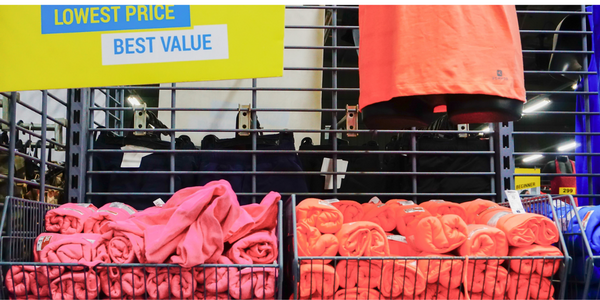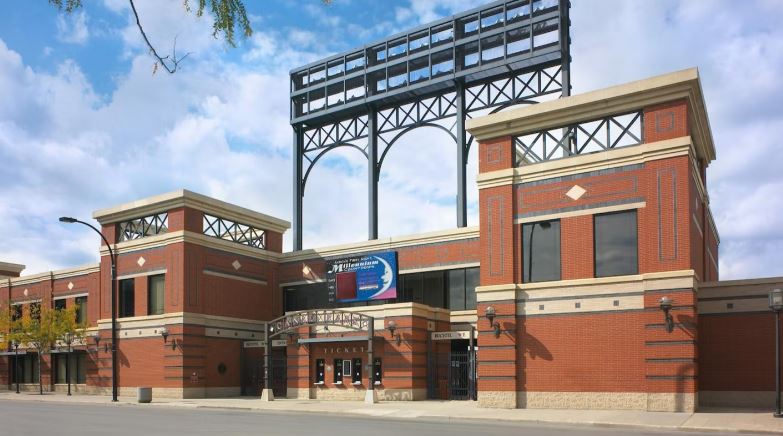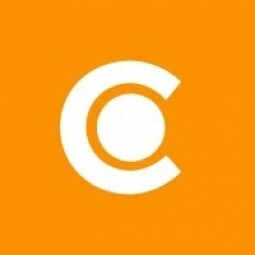下载PDF
Canto's IoT Solution Streamlines Bisazza's Digital Asset Management
技术
- 应用基础设施与中间件 - 中间件、SDK 和库
- 基础设施即服务 (IaaS) - 云中间件与微服务
适用行业
- 玻璃
适用功能
- 产品研发
- 销售与市场营销
用例
- 时间敏感网络
- 视觉质量检测
服务
- 系统集成
- 培训
挑战
Bisazza 是设计领域领先的奢侈品牌,在管理其庞大的数字资产档案方面面临着重大挑战。这些资产包括图像、多媒体内容、技术产品详细信息和销售相关材料。该公司的营销部门寻求对这些数字资产的分发和存档方式进行更多控制。我们面临的挑战是找到一个可以集中和组织内容的数字资产管理平台,使数字资产更容易定位和分发。目标是更灵活地管理大型且复杂的数字档案。该公司需要一个能够处理大约 1,300 个文档、100 个视频和 13,000 张图像的解决方案。
关于客户
Bisazza 成立于 1957 年,是设计领域世界领先的奢侈品牌之一,也是室内外装饰玻璃马赛克生产的创新领导者。该公司提供各种适合任何生活和户外区域的豪华装饰和家具。其独特的产品以及与一些世界上最著名的设计师的合作表达了一种独特的风格,为经典设计带来了现代气息。 Bisazza 总部位于意大利,在米兰、巴黎、伦敦和纽约设有旗舰店,并与世界各地的经销商合作。
解决方案
Bisazza 与数字资产管理平台 Canto 合作。 Canto 的元数据导入功能使 Bisazza 能够将其庞大的内容存档迁移到单一事实来源。资产可以一次性上传并批量标记,这使团队能够保持元数据的一致性并在未来轻松更新。 Canto 的平台还提供批量上传功能,可以轻松地随时编辑和更新元数据,确保通过简单的搜索即可轻松找到文件。当新资产上传到 Canto 时,它们会被快速审查以保持质量和一致性。然后,批准的资产被分类到适当的文件夹和门户中,以便于访问和分发。未经批准的资产会被存档,以确保它们不会丢失,但不会与任何用户共享。
运营影响
数量效益
相关案例.
.png)
Case Study
Discrete Manufacturing Industries (Fiberglass Pipe)
The implementation of ERP software in a Discrete Manufacturing organization needs to be strategic, irrespective of its size and capacity. The client had already implemented an ERP system which fulfilled their requirements but was not efficient enough. Efficiency here meant Synchronized Planning, Updating and Multisite Planning. Planning at client’s place was done outside the ERP system. Lack of proper synchronization to the ERP system paved way to huge delays in the changes getting updated in the system. These delays caused disruption in achieving delivery schedules. Multisite Planning is a solution to an organization which has multiple production units (may or may not be geographically separated) and thus needs planning across these units to synchronize production activities within them. The client also has multiple factories and hence Production Planning control is very essential in their case. Since Multisite planning was not possible with Baan ERP system, this was another bottleneck for the client.

Case Study
Asia Airfreight Terminal Enhances Operational Efficiency with CommScope's RUCKUS Solutions
Asia Airfreight Terminal (AAT), a leading cargo handling company based out of Hong Kong International Airport, was facing challenges with its Wi-Fi network, which was critical for the functioning of its automated Material Handling System (MHS) within the warehouse. Any interference or lost signals could directly impact their operational efficiency. AAT also had separate networks for their office and CCTV cameras, which made the job of their data center challenging. The company was in search of a Wi-Fi network configuration that could streamline their networks and reduce its network management workload. AAT was already running on equipment from a competing vendor, and the new solution needed to prove its worth in scalability and reliability.

Case Study
High Density Stacking Capability Enhances Productivity in 3D Part Production at Decathlon
Decathlon, the world’s largest sporting goods retailer, was faced with a mold injection problem on a small component for shooting glasses that connects the frame to the lenses. The company was seeking a solution that would avoid the expense of tooling and increase efficiency in production. They decided to test the new 3D stacking solution developed by 3D Systems to evaluate additive manufacturing for production. After conducting a feasibility study on the Figure 4 solution and stacking feature, Decathlon’s teams confirmed the productivity and economics of additive manufacturing and decided that this solution could be considered for batch-run production of the final product.

Case Study
Halvor Lines Enhances Driver Safety with Netradyne Driveri®
Halvor Lines, a trucking company with a strong commitment to driver safety, was facing the challenge of protecting their drivers and the company from false claims in an increasingly litigious environment. The company was in search of a video and vision-based recognition safety program that could align with their existing driver safety and recognition strategies. They wanted a solution that would not only strengthen their industry-leading initiatives but also be driver-friendly, helping to develop driver skills and enhance positive safety habits. The solution needed to provide significant value without requiring the inside lens of the truck to be turned on, a feature that could potentially alienate drivers.

Case Study
Akron Energy Systems: Enhancing Efficiency and Customer Service with IoT
Akron Energy Systems (AES) is a community energy system operator in Akron, Ohio. They facilitate the transition from on-site energy production to community energy systems, thereby reducing building owners’ total cost of ownership by taking over building system upkeep and maintenance. However, AES was facing challenges with the existing control solutions at customer locations, which often required them to make site visits to diagnose and correct system issues. This was not only time-consuming but also inefficient. To improve customer service and streamline their internal processes, AES needed a control solution that could provide remote access, analytics, and alert capabilities under a single pane of glass. This would enable them to diagnose customer problems quickly without the need for site visits and provide their customers with powerful portfolio-wide insight.
Case Study
Kern High School District's Journey to 100% Customer Satisfaction with Freshdesk
The Kern High School District (KHSD) in California, which comprises 18 comprehensive high schools and 11 alternative, adult, career technical, and special education institutions, was facing a significant challenge in managing its customer service operations. The district office, which began its journey with Freshworks in 2014, had over 50 agents working out of Freshdesk to support the student information system, Synergy, used by over 4000 staff across 34 education institutions. The support teams were set up across functions with separate groups of agents who tackled payroll, student systems, admin, etc. However, they realized that while it was easy for teachers to reach out to their assigned IT technician when they had an issue with their computer, not everyone knew who to reach out to if they had issues with their paycheck or leave applications. This lack of a unified system led to confusion and frustration among both the staff and the agents. The agents were unsure if the incoming requests had already been addressed by someone else, and there was no way to extract metrics and monitor the performance of agents.





